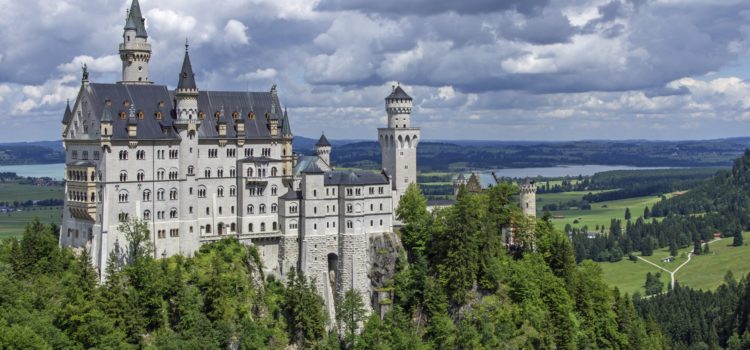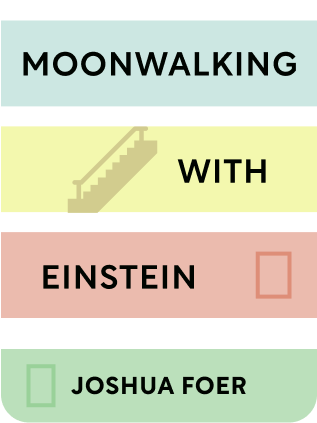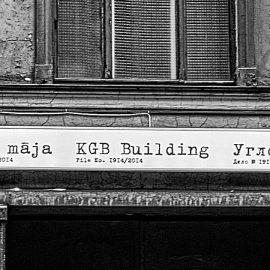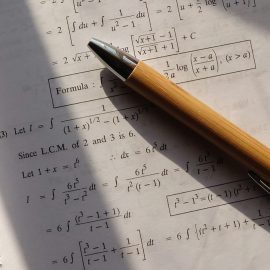

This article is an excerpt from the Shortform summary of "Moonwalking With Einstein" by Joshua Foer. Shortform has the world's best summaries of books you should be reading.
Like this article? Sign up for a free trial here .
What is the memory palace technique? How can you use your memory palace to improve your memory or retain specific information?
The memory palace technique is a way of translating memories into associations with physical places that are familiar to you. That way, you’ll be able to look at that place, and be able to remember something important.
Many top mnemonists use variations of the memory palace technique. Keep reading to find out how it works.
Building and Using Your Memory Palace
The method of loci is a way of organizing memory storage in your brain. Normally, our memories are stored in random, semantic networks, but if we can be intentional about storage, we can more easily recall information. The method of loci is the foundation for most memory techniques.
The method involves two stages: transforming information into an image and then placing the image into a memory of a physical place you know well, such as your childhood home. This place will be your “memory palace.” For example, if your shopping list consists of eggs, bread, milk, and butter, place the eggs at the foot of your driveway, the bread in front of the door, the milk on the dining room table, and the butter on your bed. This is how you use the memory palace technique.
Transforming a piece of information into an image forces you to pay attention to it, which results in you remembering it better. Make the image as memorable as possible by giving it some or all of the following characteristics:
- Multisensory. The more senses you can add to an image, the more cues you’ll create.
- For example, if the first thing on your to-do list is to buy garlic, put the garlic in your mailbox (or at the first thing you encounter when you approach your house). Imagine how it smells and tastes. Not only will a visual remind you of the garlic, but a smell or taste might also cue the memory.
- Funny or lewd. The human brain evolved to find humor and sex interesting.
- For example, if the second thing on your shopping list is orange juice, put a vat of orange juice in front of your front door and imagine Brad Pitt skinny-dipping in it.
- Novel. When you have a lot of memories of something, such as cereal, your brain files the latest instance into “another memory of cereal.” The latest memory blends in with all the other times you’ve encountered cereal. You can make this memory of cereal distinct by making it very pretty or ugly, supernatural, or anthropomorphizing or animating it.
- For example, if the third thing on your shopping list is cereal, imagine that your Rice Krispies are all spies communicating via the snap, crackle, and pop of Morse code. You’ve never before encountered cereal spies, so this memory won’t have to compete with any existing ones. Put the Rice Krispie spies to the left or your front door.
- Concrete. Abstract words are difficult to remember. Make them more concrete by subbing in a concrete word that rhymes or involves a pun.
- For example, if after shopping you need to email your mom to tell her you’re on your way home, switch the word “e-mail” to “she-male.” Imagine a she-male sending an email. And to link the email to your mom, imagine your mom giving the she-male a neck massage while he/she types the email.
- Personal. You remember things better when you can relate them to your existing experiences.
- For example, if you need to get gas on the way home and you love country music, you’ll remember an image of Shania Twain better than an image of Beethoven.
When neuroscientist Eleanor Maguire (of the cabby brain study) looked at the brains of master memorizers, she found that they were no different physically than the average person’s brain.
However, when she and her team looked at the master memorizers’ brains while they were in the process of memorizing, they found that the mental athletes were using the same part of the brain as the London cabbies, the right posterior hippocampus, which is involved in spatial navigation. This is because they were mentally touring their memory palaces as they memorized. (Their right posterior hippocampi aren’t enlarged like the cabbies’ because while they use it while remembering, it’s not to the same extent as a cab driver uses this part of the brain.)
Building Your Palace
When you use the memory palace technique, remember that memory palaces don’t have to be buildings—they simply need to be something familiar that has a sequential progression. For example, you could use your walk to work or the signs of the zodiac. Here’s how the memory palace tehcniq
You can put more than one image at each location of your memory palace, but if you’re going to need to remember many things, you’re going to need multiple memory palaces to hold them all. Competitive mental athletes can have upwards of a hundred memory palaces. If you’re not intimately familiar with this many places, you’ll have to study. You can look at houses in magazines, museums, and so on. You need to learn these new memory palaces in detail—wall color, arrangement of the furniture, what incidents happened in specific corners, and so on.
Exercise: Place Images in Your Memory Palace
Our brains are naturally good at remembering places. Mentally place images into a memory of a real place in order to remember those images better.
Think of a place you know very well, such as your childhood home. Picture it in your mind. What are some important locations in it? Consider the bottom of the driveway, front porch, shower, and so on.
Recall the three images you created in the last exercise. Mentally place each of them in a significant location of your memory palace.
From memory, without looking at the answers to the previous questions, write down the route through your memory palace, noting where and when you come across the images you placed in it.
The memory palace technique can differ depending on each person and what they’re trying to remember. It also works as a jumping off point for other memory techniques.

———End of Preview———
Like what you just read? Read the rest of the world's best summary of Joshua Foer's "Moonwalking With Einstein" at Shortform .
Here's what you'll find in our full Moonwalking With Einstein summary :
- The memory techniques that took the author from novice to US memory champion in one year
- The 6 key types of memory we use everyday
- Why memory isn't just genetic, and how you can improve your memory with the right techniques






